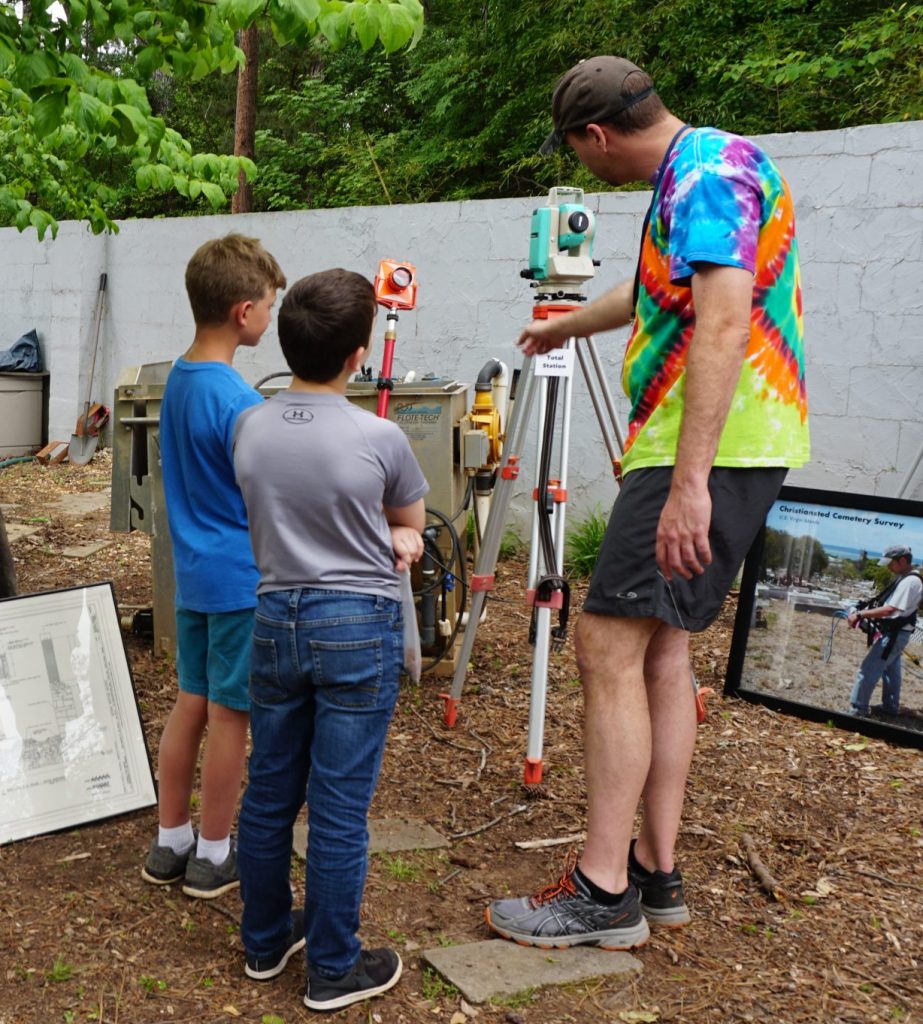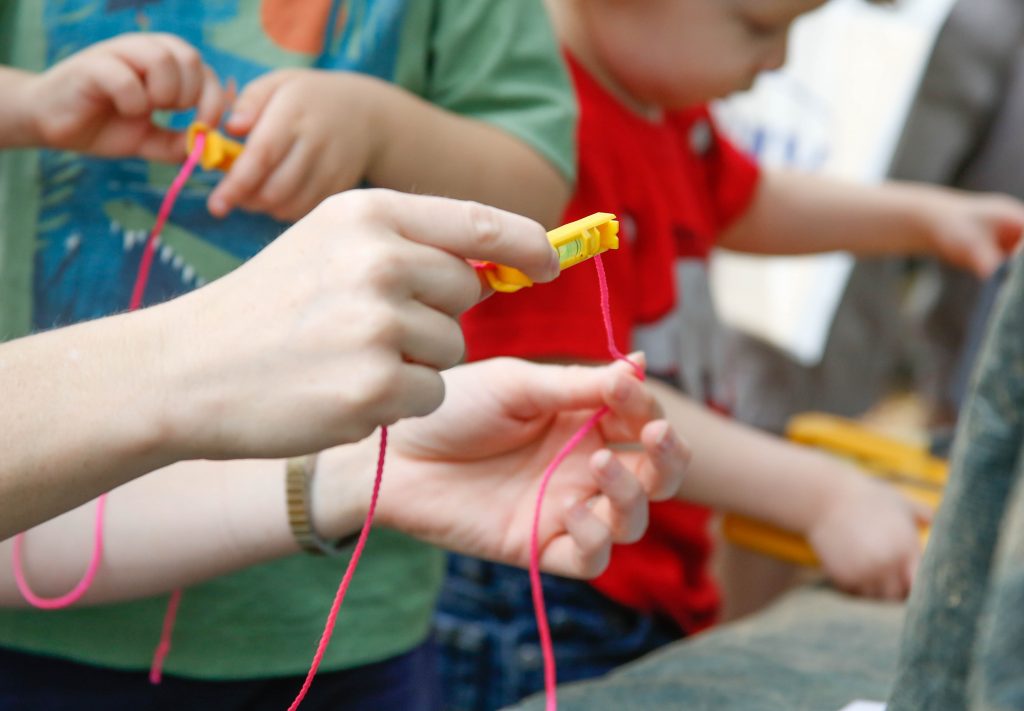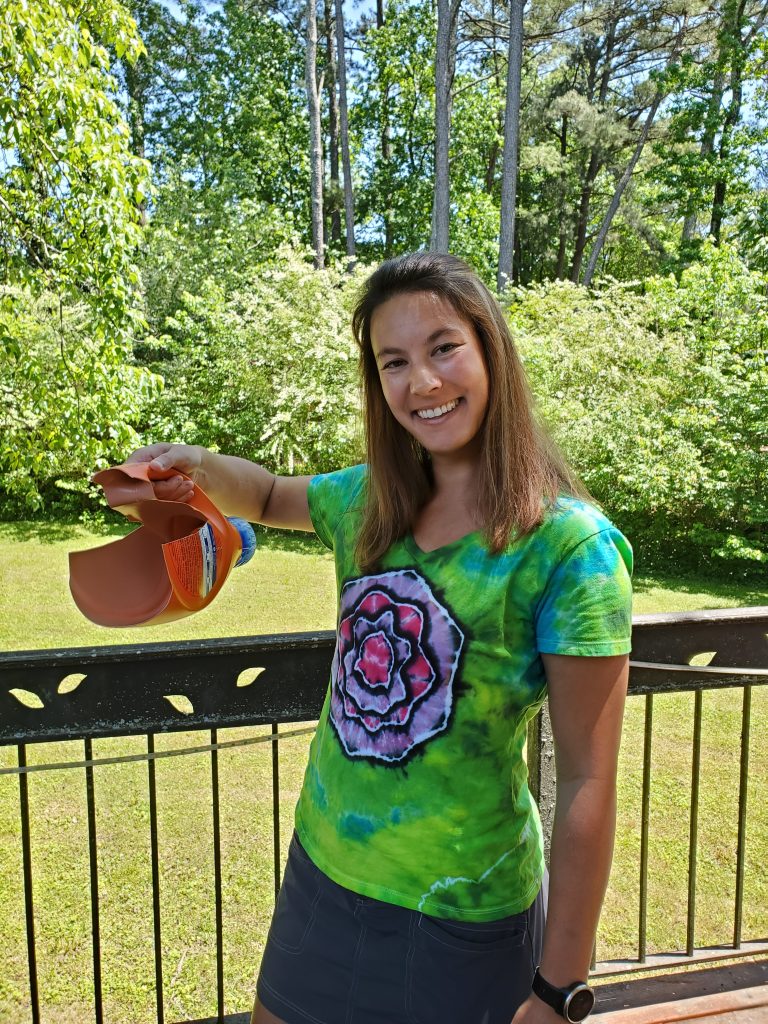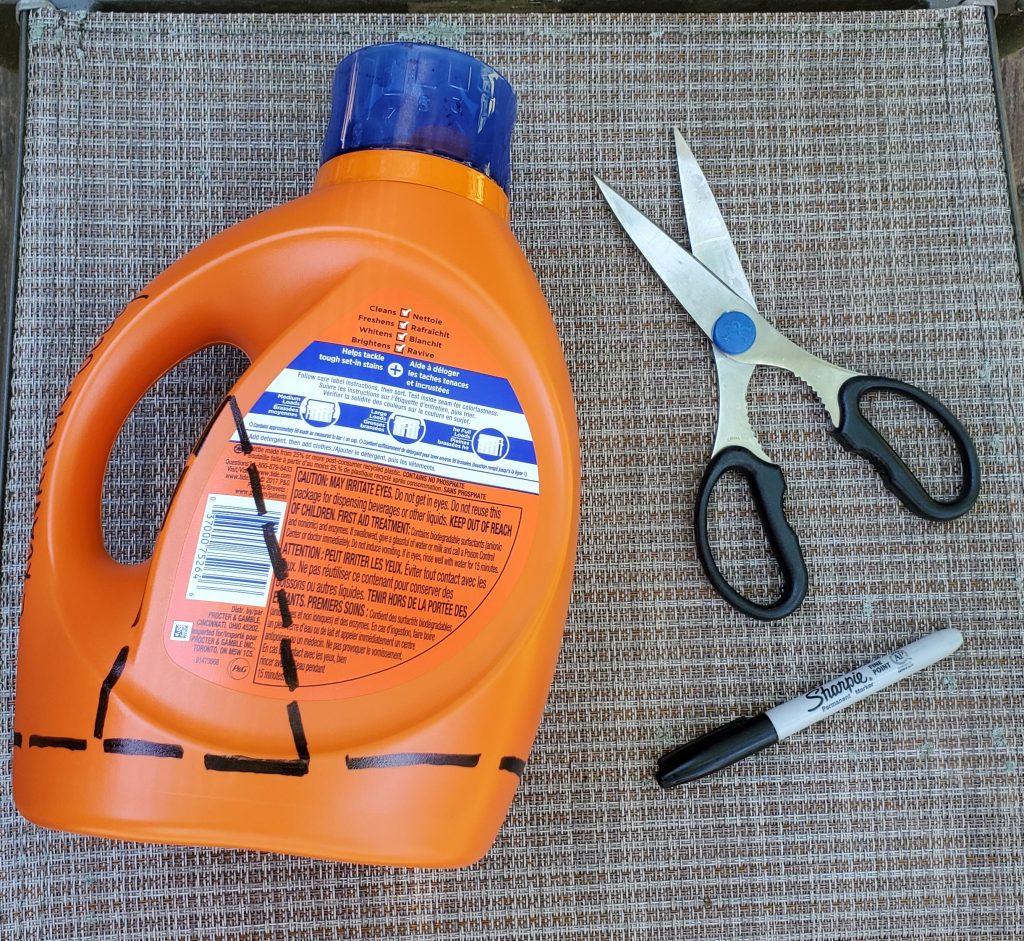
Have you ever been inside an archaeology tool store? No? We haven’t either! That is why archaeologists use land survey equipment, gardening tools, farm equipment, and even kitchen items to investigate sites. Simple tools like shovels and buckets are used at excavations, as well as high-tech tools like drones. Archaeologists typically build their own screens using wood, screws, and mesh hardware cloth. Because archaeologists have to be innovative and diligent to make and modify tools specifically for archaeological purposes, they are passionate about them and want you to know it!
Watch the video below for a sneak peek into an archaeologist’s toolkit and to learn about some of our favorite tools.

Want to learn how to determine the texture of soil, just like an archaeologist?!
Check out the pdf below to learn how to take a soil reading. Print out the chart and take it out to your back yard. You’ll need a few drops of water too. Follow the chart’s instructions to find out what soil texture you have!
texture-by-feelActivity:
Build Your Own Toolkit at Home!*
Be creative and flexible in finding household items to serve as archaeological tools. After all, professional archaeologists modify tools to suit their needs in many situations. If you want to be an archaeologist, you will learn to be adaptable and innovative!
Materials Needed:
1. Box or a bag to hold all of your tools (tackle box, tool bag, recycling bag)
2. Excavation hand tool (trowel, metal/wooden spoon)
3. Metric measuring device (pull tape, ruler)
4. String
5. Paintbrushes
6. Compass (Many smartphones have a compass feature. Or follow these National Park Service instructions to make your own!)
7. Cutting implement (scissors, pocketknife)
8. Permanent marker
9. Gloves (garden gloves or work gloves)
10. Scoop (make your own from a detergent or bleach bottle-see instructions below!)


2. Use the marker to draw lines on the bottle to guide where you will cut, as shown in the picture above
3. Have an adult help to cut along the lines.
4. Decorate your scoop!
*activity modified from John R. White’s Hands-On Archaeology: Real-Life Activities for Kids
After you assemble your toolkit, follow the instructions below to practice using some of your tools:
- One of the first skills a new archaeologist learns is how to measure their pace. To do this, they lay out a metric tape on the ground and walk along the tape to find out how many of their steps equals a meter. By doing this, they can simply walk around and count their steps to measure distance. Take out your measuring device and find out your pace!
- Another skill that new archaeologists must master is using a compass. Take out your compass and get acquainted with the compass rose (the symbol showing north, east, south and west).
- For an extra challenge, find an intermediate direction (northwest, northeast, southwest or southeast) and test out your pacing. First, mark your starting point with something visible. After that, pace twenty meters in an intermediate direction. Stop and mark your ending point with something visible. Next, use your measuring tape to see if you really walked twenty meters. Last, use your compass to check and see if you walked northwest. Keep practicing until you walk exactly 20 meters northwest and you are on your way to becoming an archaeologist!
Standards Connector:
| Grade Level | Standard | Description |
| Kindergarten | SKE2 | Obtain, evaluate, and communicate information to describe the physical attributes of earth materials (soil, rocks, water, and air). c. Use tools to observe and record physical attributes of soil such as texture and color. |
| K-12 | Map and Globe Skills | 1. Use a compass rose to identify cardinal directions |
| K-12 | Map and Globe Skills | 2. Use intermediate directions |
These standards of excellence were sourced from the Georgia Department of Education web page at https://www.georgiastandards.org/Georgia-Standards/Pages/default.aspx
